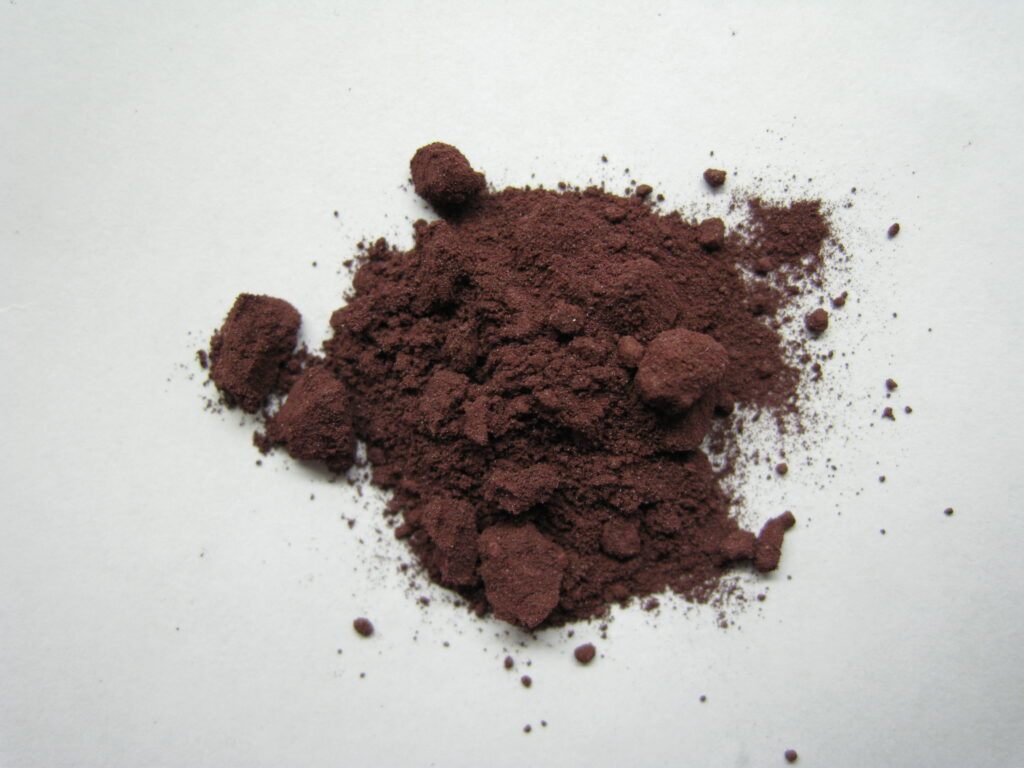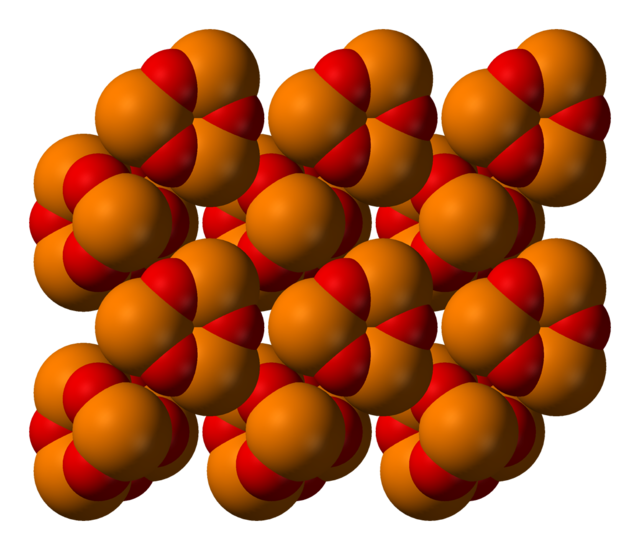Phosphorus Oxide P2O5


- Glass-former that doesn’t quite fit neatly into Seger’s UMF
- Not a substitute for silica as glass-former
- In silica, glass phosphorus remains suspended but separate from it
- If isolated its melting point is 1076°F
- Toxic
- Phosphorus is usually combined with calcium oxide in Sri-calcium phosphate (aka synthetic bone ash or TCP)
- Calcium oxide does fluxing and phosphorus oxide is the glass-former
- In small amounts phosphorus oxide forms colloidal (tiny, evenly dispersed) particles that create type of light-reflective quality called colloidal opacity
- Typical in Chun celadon glazes
- While phosphorus oxide is usually only present in trace amounts in glazes, it tends to give a bluish flush
- Large amounts may opacify and create soft mottling effect in glaze
- Has
- High expansion and contraction rate
- Low viscosity and surface tension
- Very soluble in water
- Soluble sources include wood ash, plant ash, bone ash (calcined cattle bones), and synthetic bone ash (TCP)
- Insoluble forms include amblygonite and Frits (slightly soluble).